Sonus Paradisi
Santanyi, 1762 [Hauptwerk]
Santanyi, 1762 [Hauptwerk]
Não foi possível carregar a disponibilidade de recolha
L'Orgue de Jordi Bosch - Santanyi, Mallorca (1762)
The two manual organ with 40 divided ranks of Jordi Bosch is a real gem among the Mallorcan organs. Its monumental and splendidly decorated facade (by Fra Albert Borguny) resembles the imperial pomposity of the time and adds to the brilliant sound of its stops.
The organ of Santanyi is one of the best preserved works of Jordi Bosch. It has a rich "Trompeteria" composed of 9 ranks of horizontal trumpets, so typical for the Iberian organbuilding school. It spreads its sound to every corner of the church thanks to the fan-shaped (radial) spacing of the trumpets. The Grand Orgue is built on a wide 16 feet Principal (Flautat maior) which gives sonorous and warm sound to the pleno. The organ preserves the largest existing mixture (Ple) in the world, composed of 25 ranks and 1.104 pipes! It is built on a separate windchest and each tone is fed by its own 2.5 m long wind conduit.
Some researchers point out Bosch's influences on young Aristide Cavaillé-Coll who might have studied Bosch's organ in the royal palace in Madrid.
Presented to you by Leonart Studio, your authorised reseller for Sonus Paradisi in Switzerland (shipped internationally). Get your digitally sampled historical organs for the use with the Hauptwerk virtual instrument software.
Share this Sample Set
![Santanyi, 1762 [Hauptwerk]](http://artful.shop/cdn/shop/files/ss_Santanyi1.jpg?v=1692918034&width=1445)
![Santanyi, 1762 [Hauptwerk]](http://artful.shop/cdn/shop/files/ss_santanyi2.jpg?v=1692918033&width=1445)
![Santanyi, 1762 [Hauptwerk]](http://artful.shop/cdn/shop/files/ss_santanyi3.jpg?v=1692918033&width=1445)
![Santanyi, 1762 [Hauptwerk]](http://artful.shop/cdn/shop/files/ss_santanyi4.jpg?v=1692918033&width=1445)
![Santanyi, 1762 [Hauptwerk]](http://artful.shop/cdn/shop/files/ss_santanyi5.jpg?v=1692918034&width=1445)
![Santanyi, 1762 [Hauptwerk]](http://artful.shop/cdn/shop/files/ss_santanyi6.jpg?v=1692918033&width=1445)
![Santanyi, 1762 [Hauptwerk]](http://artful.shop/cdn/shop/files/ss_santanyi11_8091b37e-6bd3-4b61-8966-3848c7fe73b1.jpg?v=1692918034&width=1445)
Specification (stop list)
-
Manual I
Cadireta
left hand /// right hand
Flautat tapad (RohrFlute 8') /// Flautat tapad (RohrFlute 8')
Octava tapada (RohrFlute 4') /// Octava tapada (RohrFlute 4')
--- /// Dinovena (1 1/3', II)
--- /// Siurell (high Cymbal)
Saboiana (8') /// Saboiana (8')
Nasards (III) /// Corneta (III) -
Manual II
Grand Orgue
left hand /// right hand
Flautat maior (Principal 16') /// Flautat maior (Principal 16')
Flautat (Principal 8') /// Flautat (Principal 8')
Octava (4', II) /// Octava (8' + 4' + 4', III)
Bordo (RohrGedackt8') /// Bordo (RohrGedackt 8')
Tapadet (RohrGedackt 4') /// Tapadet (RohrGedackt 4')
--- /// Flautes dobles (beating Nachthorn 8', II)
Ple (Mixture 2 2/3', 22x) /// Ple (Mixuture 4', 25x)
Nasards (4', 5x - the lowest rank conical) /// Corneta magna (8', 10x, 3 lowest ranks conical)
--- /// Trompa magna (16')
Trompa batalla (8') /// Trompa batalla (8')
Trompa reial (8') /// Trompa reial (8')
Baixons (4') /// Clarins (8')
Clarins en 15 (2') /// Xirimia alta (4')
Regalies (8') /// Regalies (8')
--- /// Dolcaina (16') -
Manual III
-
-
Manual IV
-
-
Pedal
Contres (Subbas 16')
Bombarda (16')
Terratrèmol - the pedal beating stop. Several Contres pipes sounding simultaneously producing an "earthquake" effect. -
Other specification
-
History
L'Orgue de Jordi Bosch - Santanyi, Mallorca (1762)
The two manual organ with 40 divided ranks of Jordi Bosch is a real gem among the Mallorcan organs. Its monumental and splendidly decorated facade (by Fra Albert Borguny) resembles the imperial pomposity of the time and adds to the brilliant sound of its stops.
The organ of Santanyi is one of the best preserved works of Jordi Bosch. It has a rich "Trompeteria" composed of 9 ranks of horizontal trumpets, so typical for the Iberian organbuilding school. It spreads its sound to every corner of the church thanks to the fan-shaped (radial) spacing of the trumpets: Baixon faces the east, the Trompa magna the west. The Trompa reial occupies the central position of the Trompeteria. Above the head of the organist there are two ranks of horizontally positioned reed stops with short resonators: Regalies and Dolcaina. The Grand Orgue is built on a wide 16 feet Principal (Flautat maior) which gives sonorous and warm sound to the pleno. The organ preserves the largest existing mixture (Ple) in the world, composed of 25 ranks and 1.104 pipes! It is built on a separate windchest and each tone is fed by its own 2.5 m long wind conduit. One of the special features of the instrument is its great Cornet (10 ranks) which was built "elevated" on a special windchest to give a "better sound". The organ positiv (Cadireta) hides a regal-like Saboiana, together with other typical stops like Nasards or Corneta, Flautat tapad (actually a RohrFloete) and some aliquotes - Dinovena and Siurell. There are some stops like the Bordo which were used for the first time in the Mallorcan organbuilding tradition.
The windchests of the instruments are divided to the bass and discant parts giving to the organist wide range of combination possibilities.
Jordi Bosch (1739-1801) was a renowned Mallorquin organ builder who lived in 18th century. His work gradually gains the recognition it deserves in the European organ building tradition. Among his works we find also the celebrated organ of the Cathedral of Seville (1792) or the organ in the royal palace in Madrid (1778) where we find many technical innovations like double windchest, call-ups (later called "appels"), bellows with pressure compensation and other. Bosch abandoned the pure Mallorcan organ building style in order to develop an innovatory style and new techniques, getting so some two generation ahead of the central European evolution. Some researchers point out Bosch's influences on young Aristide Cavaillé-Coll who might have studied Bosch's organ in the royal palace in Madrid.
The Santanyi organ was one of his first works. He built it at the age of 26 for the monastery of Santo Domingo in Palma. After the Dominican monastery was abolished in 1837 the organ was translated to Santanyi. Because the church was smaller than the St. Domingo the organ was reassembled by Guillem Puig only partially. Later visitors of Santanyi claim that "the pipes and trumpets were lying in corridors and elsewhere". Only in 1873 the Cadireta was reinstalled. In the 1888 the great Corneta was installed. But the organ was still only partially functioning since in 1932 an article appeared in a local newspaper describing the deplorable state of the instrument. The visiting organist reports that not all the stops were present and that there were old labels on the stop jambs reminding of past drawstops which were no longer there, only holes remained. From his report we also know that most probably the organ had originally three manuals. Unfortunately, his report is a bit confused at this point and no further specifications are given. In 1957 the organ underwent further alterations (pneumatic action introduced and some new stops). The organ was carefully restored by Gerhard Grenzig in 1984-6. His report about J. Bosch is available on-line. At the end of the article there is even the composition of the 25 rank mixture listed in a table. (I am indebted to Dr. Stuart Frankel for the link and for some other details. You should consider reading his article on the historical registration on the Santanyi organ, listed below!).
Special thanks to the authorities of the Santanyi parish of St. Andreu, especially to Don Sebastia Salom who gave us tremendous and enthusiastic support during the recording process!
Further reading:
Stuart Frankel: A few notes about historical registration on the Santanyí organ, available on-line.
Gerhard Grenzig: The monumental organ of Jordi Bosch in Santanyi. A booklet accompanying the 3rd CD from the series "The Historical Spanish Organ", published in 1992.
Antoni Mulet, Arnau Reynés, fotografies de Justo González: Orgues de Mallorca. Palma de Mallorca: Olańeta, [2001].
Features
Characteristics:
Hauptwerk v.4.20 and higher supported.
A 2 manual organ of the Spanish type with the characteristic Trompeteria consisting of ranks of horizontal trumpets.
The reverberation time is 4-5 s.
The noise samples (tracker action, blower noise, stop action noise) are included but can be disabled by the user.
Combination pistons (not originally present) were added digitally to facilitate the performance.
The samples are available in 24 bit / 48kHz depth but may be loaded to Hauptwerk at 16 bit to save RAM.
There are three levels of reverb tails - staccato, portato, long for optimal performance. The short releases courtesy of Al Morse.
Initial chiff of pipes may be controlled via MIDI velocity sensitive keyboard.
User adjustable per stop voicing available.
Requires 1280x1024 px screen resolution. Single console, as well as dual stop jambs are available. The stops are positioned exactly as on the original console (including the various style drawknobs). However, the Pedal Contres drawstop was added for the ease of use of the Organ Model; originally this stop is always on without having a visible drawstop.
For more details about the stops available, you should consider reading the article on the historical registration on the Santanyi organ.
Santanyi - Specification
The organ has 2 manuals of 48 keys. The low C# is missing but was added digitally, so the Hauptwerk version has 4 full octaves - 49 keys.
The pedal has 10 buttons, two of which are dedicated to "Terratremol" - a subtonic beating sound. These occupy the leftmost and the rightmost buttons. The 8 buttons in between these two extremems form the diatonic scale of the pedal keys, i.e. C - D - E - F - G - A - Bb - B. The adaptation to a modern pedalboard was solved by shifting the pedal compass to the middle pedal octave. Therefore, the low Teratremol is positioned on the lowest B key of the modern MIDI pedalboard (MIDI tone 047); the mid c key (MIDI 048) is the C key of the pedal compass etc.
Santanyi - Screenshots
With the help of Hauptwerk native functions you can adjust many features of the instrument: volume, tuning, amount of reverberation, wind fluctuation, memory consumption by loading only a subset, bit depth and many others. In addition, Santanyi organ has a complex photorealistic interface giving to you full controll over the organ. Click on the images to learn more.

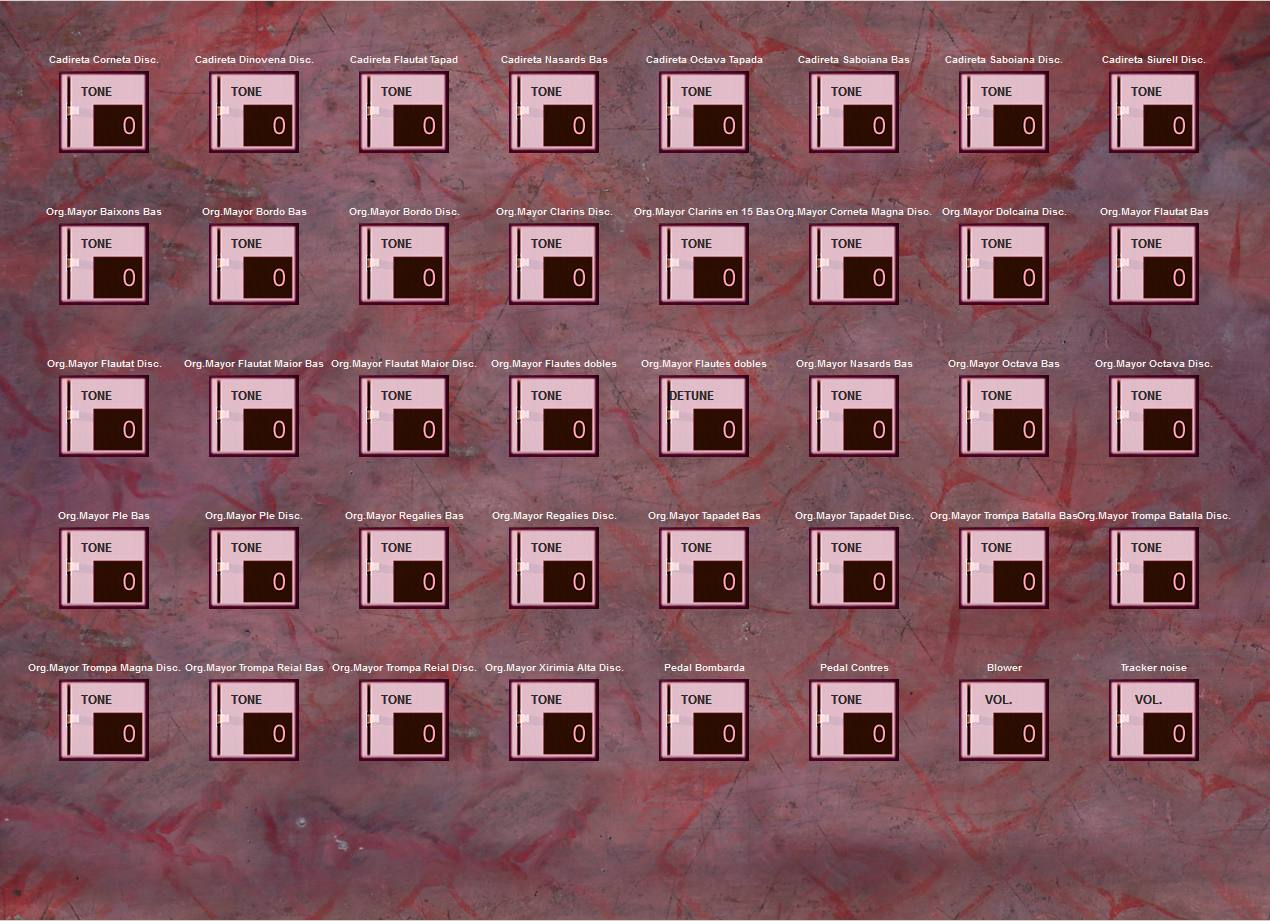
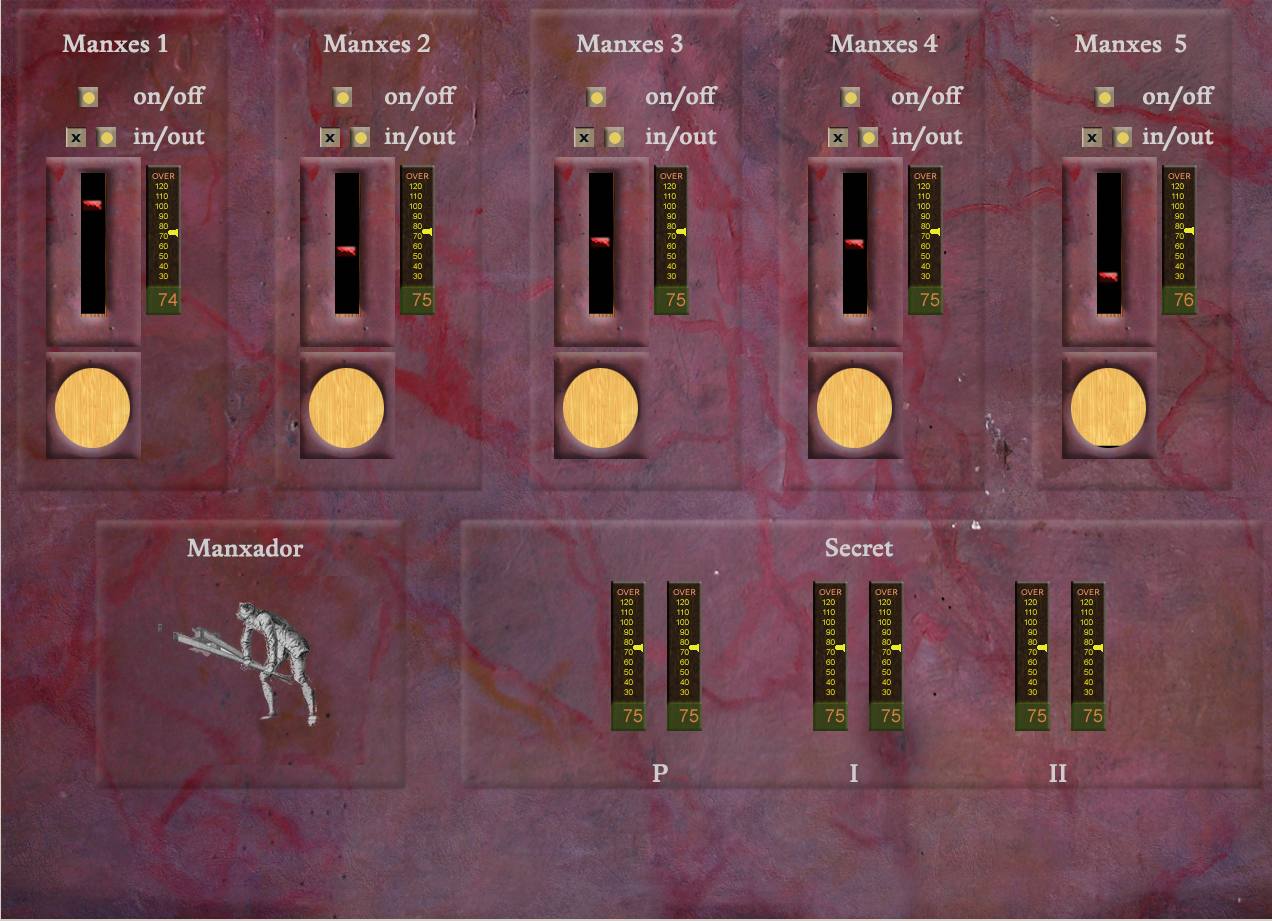
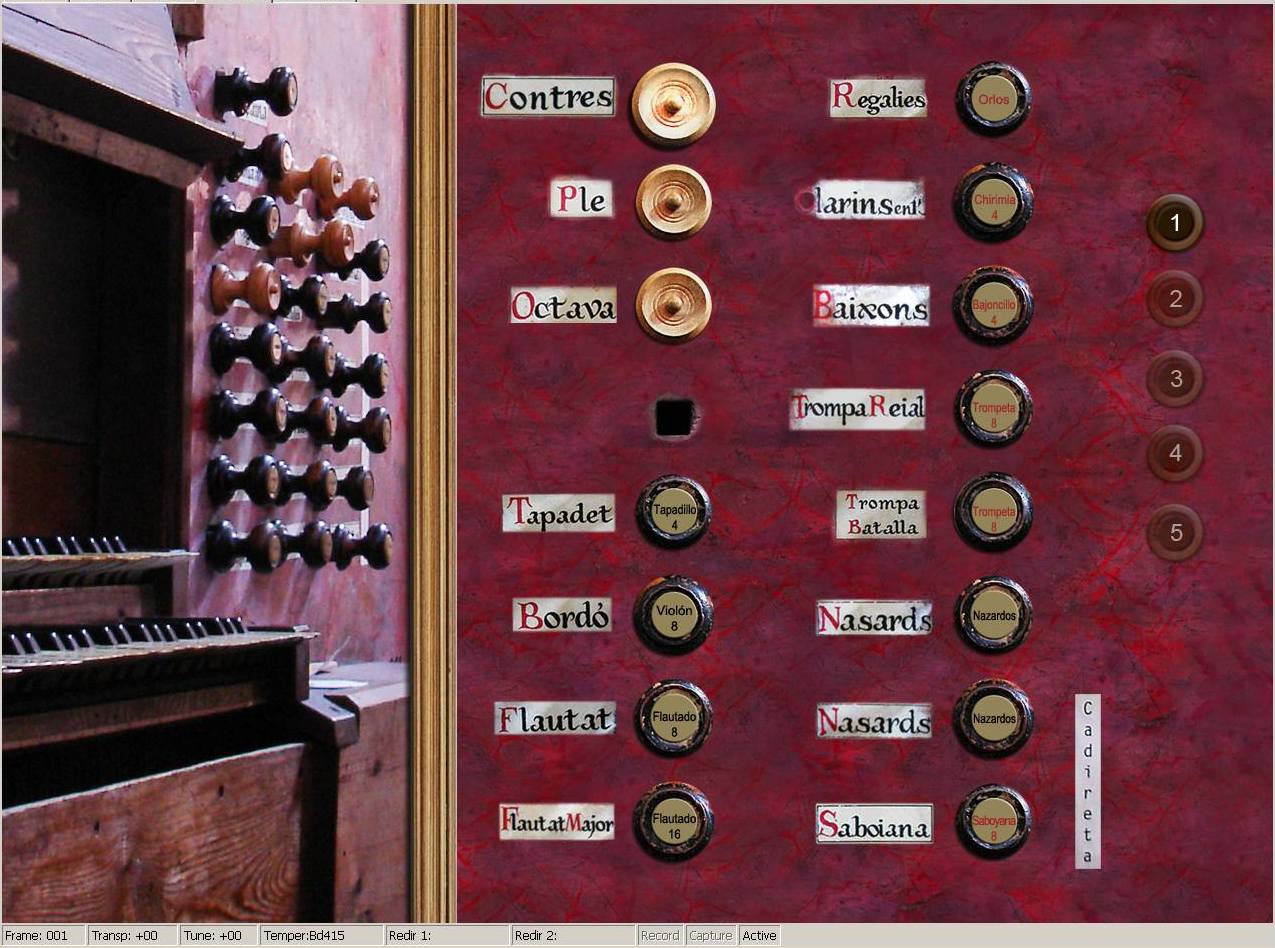
Requirements
Hauptwerk v.4.20 and higher supported.
Requires 1280x1024 px screen resolution.
RAM Consumption:
full organ at 20-bit, 48kHz ... 4.8 GB
full organ at 16-bit, 48kHz ... 3.6 GB
This Hauptwerk Sample Set is presented to you by Leonart Studio, an authorised reseller for the manufacturer Sonus Paradisi in Switzerland (shipping internationally). Enjoy this digitally sampled organ library for the use with Hauptwerk software and start expanding your historical organ collection today.
More Hauptwerk Sample Sets
-
Casavant, 1995 [Hauptwerk]
Fornecedor:Sonus ParadisiPreço normal CHF 174.90Preço normalPreço unitário / por -
Reuter, 1928 [Hauptwerk]
Fornecedor:Sonus ParadisiPreço normal CHF 473.00Preço normalPreço unitário / por -
![Rotterdam Hoofdorgel, 1973 [Hauptwerk]](//artful.shop/cdn/shop/files/ss_RotterdamMain1.jpg?v=1693279529&width=533) Em promoção
Em promoçãoRotterdam Hoofdorgel, 1973 [Hauptwerk]
Fornecedor:Sonus ParadisiPreço normal A partir de CHF 330.00Preço normalPreço unitário / porCHF 958.10Preço de saldo A partir de CHF 330.00Em promoção -
![Groningen, 1450-1740 [Hauptwerk]](//artful.shop/cdn/shop/files/ss_Groningen1.jpg?v=1693275425&width=533) Em promoção
Em promoçãoGroningen, 1450-1740 [Hauptwerk]
Fornecedor:Sonus ParadisiPreço normal A partir de CHF 658.90Preço normalPreço unitário / porCHF 1,681.90Preço de saldo A partir de CHF 658.90Em promoção -
Goerlitz, 2006 [Hauptwerk]
Fornecedor:Sonus ParadisiPreço normal A partir de CHF 328.90Preço normalPreço unitário / por -
Bückeburg, 1997 [Hauptwerk]
Fornecedor:Sonus ParadisiPreço normal A partir de CHF 1.10Preço normalPreço unitário / por -
Brasov, 1839 [Hauptwerk]
Fornecedor:Sonus ParadisiPreço normal CHF 418.00Preço normalPreço unitário / por -
![St. Omer, 1717-1855 [Hauptwerk]](//artful.shop/cdn/shop/files/ss_omer1.jpg?v=1692904128&width=533) Em promoção
Em promoçãoSt. Omer, 1717-1855 [Hauptwerk]
Fornecedor:Sonus ParadisiPreço normal CHF 323.40Preço normalPreço unitário / porCHF 410.96Preço de saldo CHF 323.40Em promoção -
Stellwagen organ, St. Marien, Stralsund (1659)
Fornecedor:Sonus ParadisiPreço normal CHF 858.00Preço normalPreço unitário / por -
![Clavichord Model [Hauptwerk]](//artful.shop/cdn/shop/files/ss_clavichord.jpg?v=1724310155&width=533) Esgotado
EsgotadoClavichord Model [Hauptwerk]
Fornecedor:Sonus ParadisiPreço normal CHF 33.00Preço normalPreço unitário / por

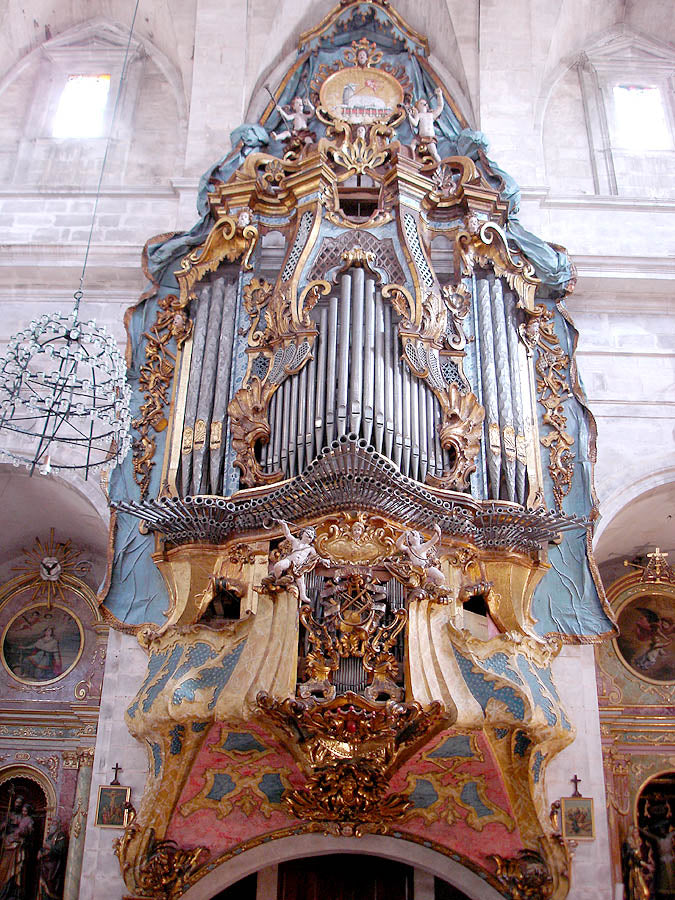
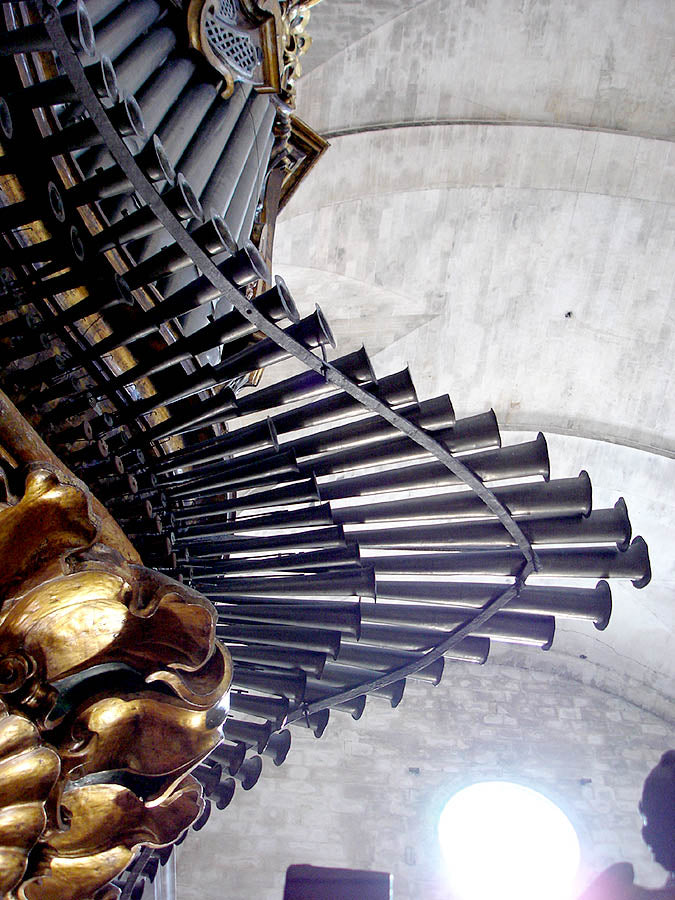
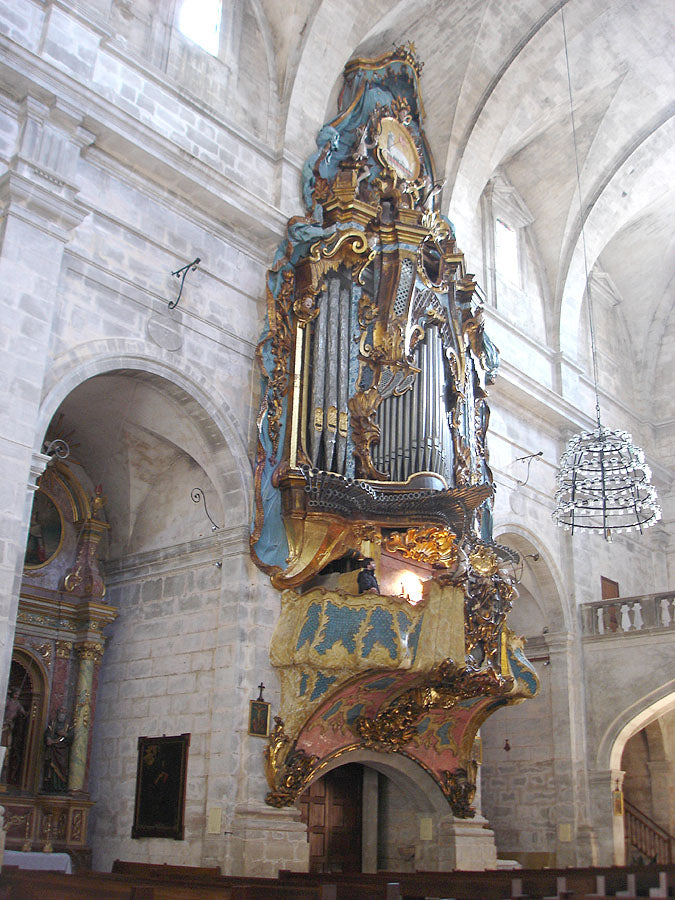
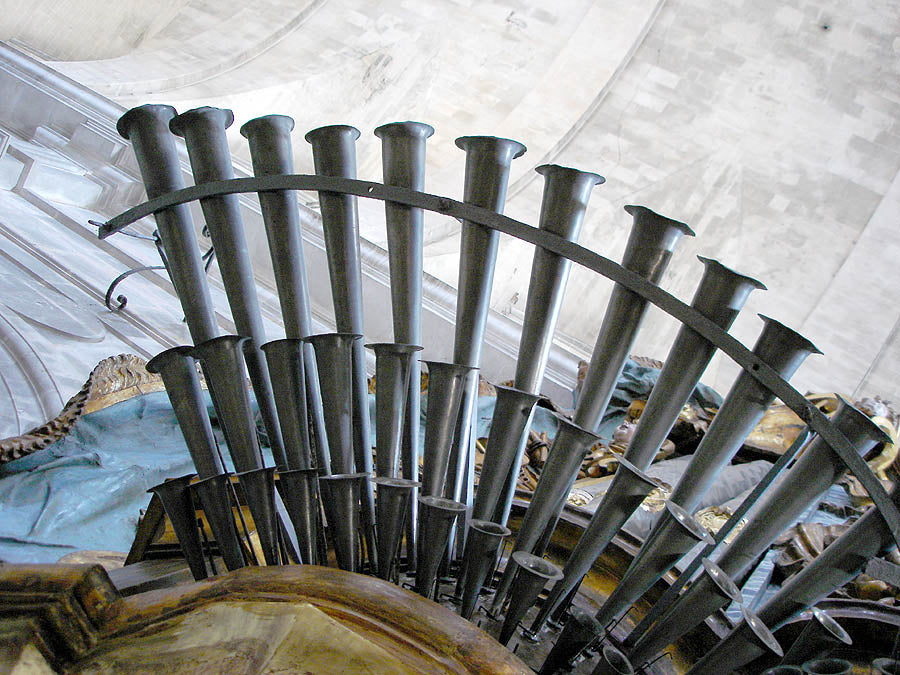

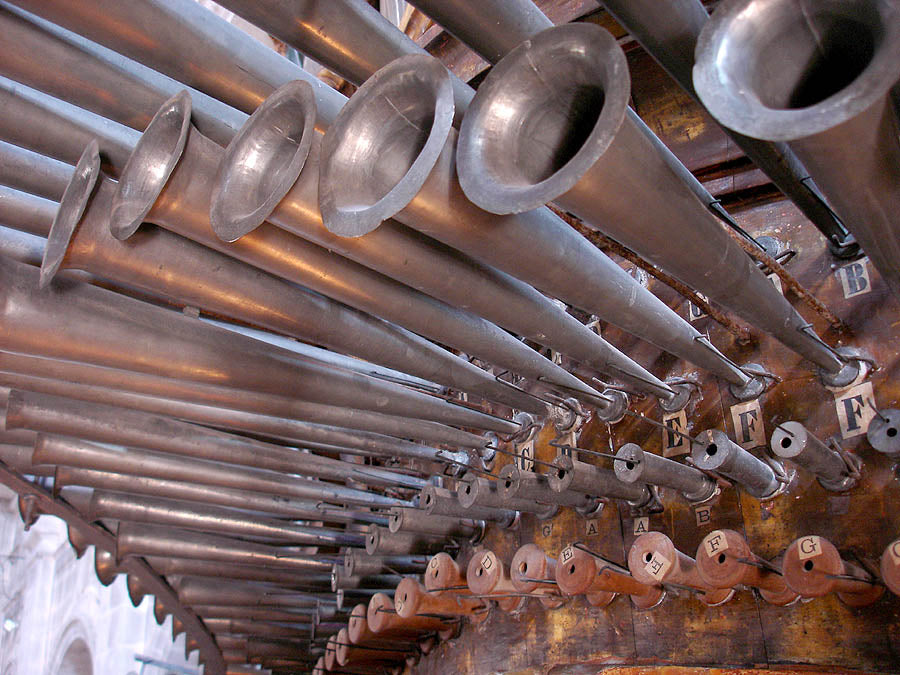

![Casavant, 1995 [Hauptwerk]](http://artful.shop/cdn/shop/files/ss_casavant1.jpg?v=1693319885&width=533)
![Reuter, 1928 [Hauptwerk]](http://artful.shop/cdn/shop/files/ss_Reuter1.jpg?v=1693321024&width=533)
![Rotterdam Hoofdorgel, 1973 [Hauptwerk]](http://artful.shop/cdn/shop/files/ss_RotterdamMain1.jpg?v=1693279529&width=533)
![Groningen, 1450-1740 [Hauptwerk]](http://artful.shop/cdn/shop/files/ss_Groningen1.jpg?v=1693275425&width=533)
![Goerlitz, 2006 [Hauptwerk]](http://artful.shop/cdn/shop/files/ss_goerlitz1.jpg?v=1692995837&width=533)
![Bückeburg, 1997 [Hauptwerk]](http://artful.shop/cdn/shop/files/ss_bueckeburg1.jpg?v=1692967628&width=533)
![Brasov, 1839 [Hauptwerk]](http://artful.shop/cdn/shop/files/ss_brasov1.jpg?v=1692967057&width=533)
![St. Omer, 1717-1855 [Hauptwerk]](http://artful.shop/cdn/shop/files/ss_omer1.jpg?v=1692904128&width=533)
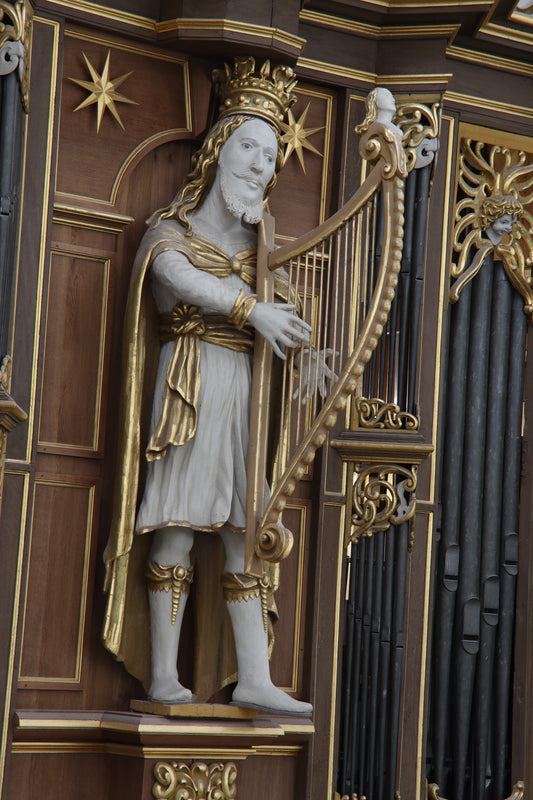
![Clavichord Model [Hauptwerk]](http://artful.shop/cdn/shop/files/ss_clavichord.jpg?v=1724310155&width=533)